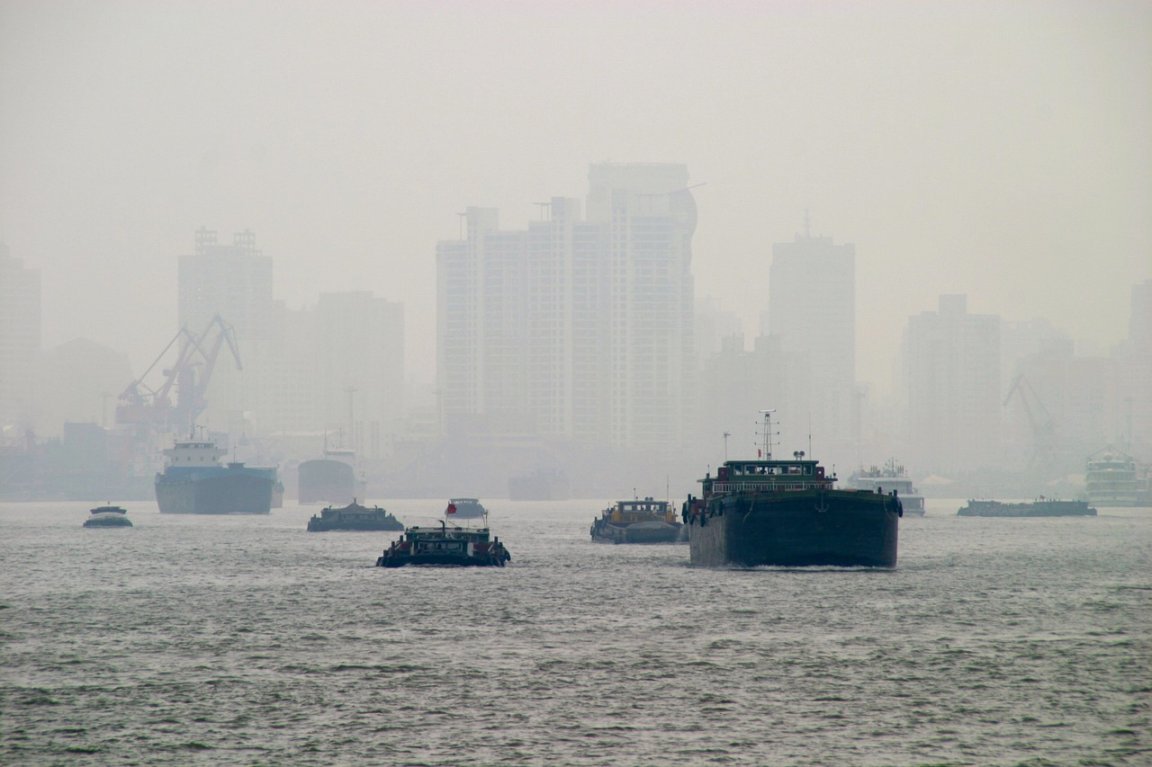
Financing War on Pollution
China has just launched five “green finance” pilot zones, according to the central bank. The purpose of the zones will be to promote and fund the country’s 3 trillion yuan ($440 billion) war on pollution. Financial institutions in each zone will be authorized to offer incentives such as special funds and credit for environmentally friendly businesses and industries. The program will also hasten the development of green insurance and encourage banks to explore new mechanisms for financing, including water use permits and emissions trading.

Air Crisis in China
This nuanced approach from China is characteristic of its concerted effort to solve the nation’s ongoing air crisis — a problem which claims 1.1 million lives annually. Now in the fourth year of its “war on pollution,” the country is scrambling to repair decades of damage caused by economic growth exacted at the expense of the environment. However, recovering from rampant pollution is expensive, and that’s where the green finance pilot zone project comes in. The Chinese government has been exploring a wide variety of financing possibilities, including green bonds and public-private collaborations.
China has made impressive strides. The nation canceled 104 new coal plants in January, and is now the world’s largest solar energy producer. China has also begun construction on the first of eight large-scale carbon capture plants. Experimenting with green urban planning and design, the world’s first forest city is currently under construction in China, and 70,000 Beijing taxis are about to be replaced by electric models.
In fact, China is outpacing the US in terms of emissions reductions, and by 2030 will make as much clean electricity as the US does from all available sources today. By March of this year, China had decreased their fossil fuel use even as their overall energy demands grew. And this month in a historic first, the entire Chinese province of Qinghai and its six million residents received energy solely from renewable sources.
Despite all of this progress, hurdles for China remain in place, financing reform chief among them. Experts estimate that China will need green investments of up to 3 to 4 trillion yuan yearly for the next five years to achieve its environmental commitments. However, the government is likely to pay for only 10 to 15 percent of these costs.